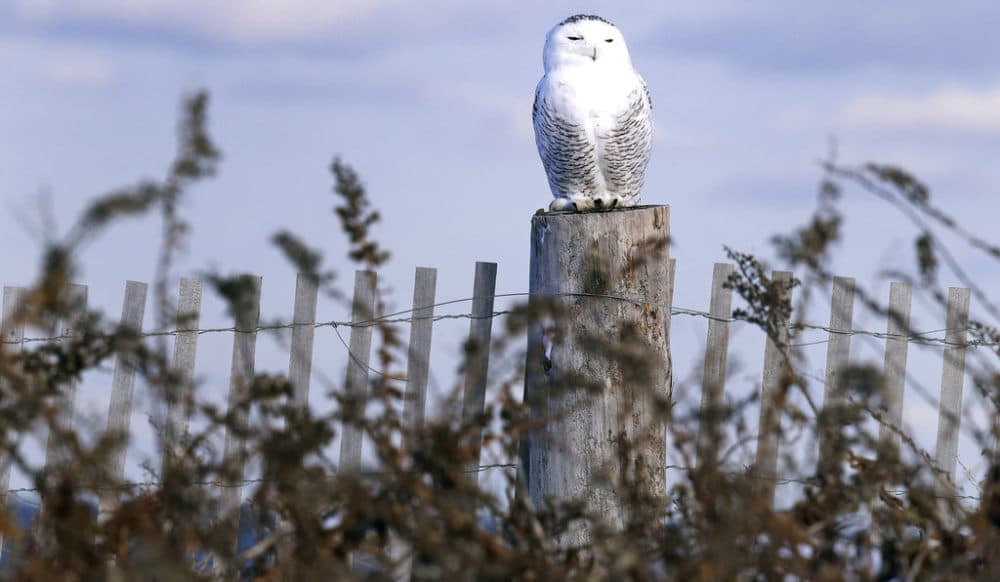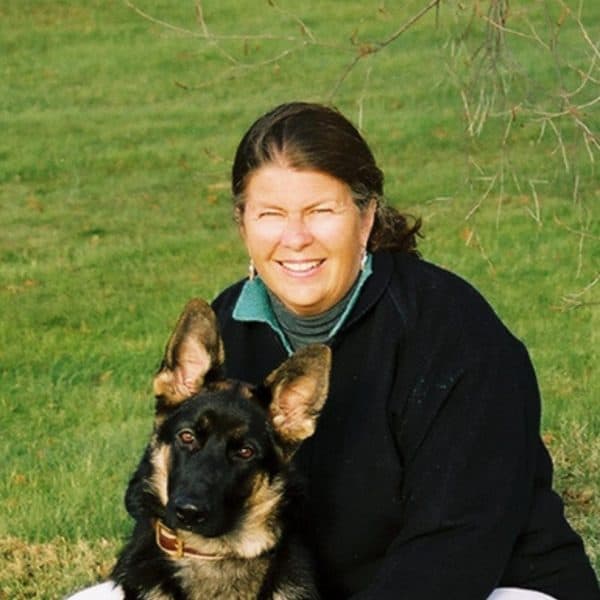Advertisement
Commentary
Our obsession with owls is threatening them

Dried oak leaves crackle, sabotaging our efforts to move through the copse in silence. Searching every branch, we see nothing but brown, tired remnants of last spring’s growth.
Our guide, the manager of this state refuge in Boston’s shadow, stops abruptly, his hand signaling us to wait. He raises his binoculars, nods, and then motions us forward, slowly. He points at the alders 20 feet from where we stand. I see nothing. He whispers, “Right in the V to the left of the main branch.” I note a change in pattern, something mottled — feathers. And then, yellow eyes pierce through the foliage, straight at me.
My eyes are glued to the first owl when out of the leaves, a second comes into focus. This one seems to be looking in the other direction; no yellow eyes are glaring at me. Or perhaps they are closed.
Reluctantly, we move on, knowing our mere presence could stress them. We'd only realize this if they flew, and by then it would be too late. They would have exposed themselves to predators and used up valuable energy to find another hiding place, energy they need to find food.
I was lucky that day to see the long-eared owl, one of the most cryptic and shyest birds of winter.
Such is the way of owls. I was lucky that day to see the long-eared owl, one of the most cryptic and shyest birds of winter. Their feathers are colored and patterned like bark, camouflaging the birds to invisibility, except for the keenest observers. The owls' yellow eyes can give them away so they often close them when trying to remain unseen. But they aren’t sleeping, as some mistakenly believe. They are hiding from the threat of our human presence.
Owls are one of the most popular birds among humans even though we seldom see them. Their large eyes and round heads, their erect stance and their fluffy feathers endear them to humans. There is a mystery surrounding a bird who hoots at night, unseen. Most owls are active after dark, so their habit of sleeping during daylight requires them to hide from view.
At a state park in northern Massachusetts, two long-eared owls were discovered roosting in a thick grove last February. Hordes of onlookers, guided by social media and the eBird app, crowded the area. While most tried to keep a safe distance, others invaded the owls’ space to get good photos. State conservation officials and environmental police intervened to restrain the crowd and blocked off the roosting area lest the birds become so stressed they’d be forced to move. The body of a snowy owl that apparently died from starvation was discovered in the same park a week or so later. Refuge staff believed that human encroachment during peak hunting times might have kept the owl from catching enough prey.
It isn’t enough for us to love owls.
The striking white plumage of the snowy owl can be spotted from late fall to March along the New England coast where they hunt on salt marshes, and even on the runways of the Boston and New York airports. Last winter, a snowy owl landed in a field in New York’s Central Park, attracting so much attention from onlookers and photographers that the police had to set up barricades to protect it.
Our obsession with owls has made us a threat. True, we don’t shoot them or destroy their nests or intentionally disturb their habitat. Instead, we are in danger of loving them to death. Curiosity and the relentless pursuit of photographs, aided by the social media alerts that provide a bird’s exact location, have given birders and non-birders access to our northern visitors. While most people are respectful and keep a safe distance, a few linger for long periods within a threatening proximity to the “sleeping” owl. Unaware of the devastation this can cause the owl, who is saving its energy for its nocturnal hunt, this behavior is jeopardizing the survival of many of our northern migrants.
In the past year and a half, COVID isolation encouraged many of us to spend more time outside. While this introduced more people to the joys of nature and the need for its protection, it reminded us of our need to respect and understand vulnerable wildlife like owls.
Our obsession with owls has made us a threat.
Bird watchers in the Northeast are familiar with the barred, barn, great horned and screech owls, our resident species. The diminutive northern saw-whet owl is seen most often during its non-breeding season, but even then it hides deep in dense forest and hunts only at night. It attained fame last November when one was discovered hiding in the Rockefeller Center Christmas tree in New York City.
As our climate warms, Arctic habitats are changing. With warmer temperatures and the thawing of tundra’s permafrost, populations of their prey can crash, forcing several northern owl species to migrate southward into our northern states. The snowy, long-eared, and short-eared owls are our most notable visitors during the cold months, but even great grey and northern hawk owls — two of the most elusive and rarest of the winter migrants — will come south when their food supply diminishes in the northern forests.
Technology, such as eBird, has allowed us to locate and identify birds to make our experience more enjoyable, but these tools don’t come with an instruction manual of ethical behavior. It behooves all experienced birders to educate others in the proper protocol of bird-watching. It isn’t enough for us to love owls. To ensure their survival, we need to also respect their space and privacy.
